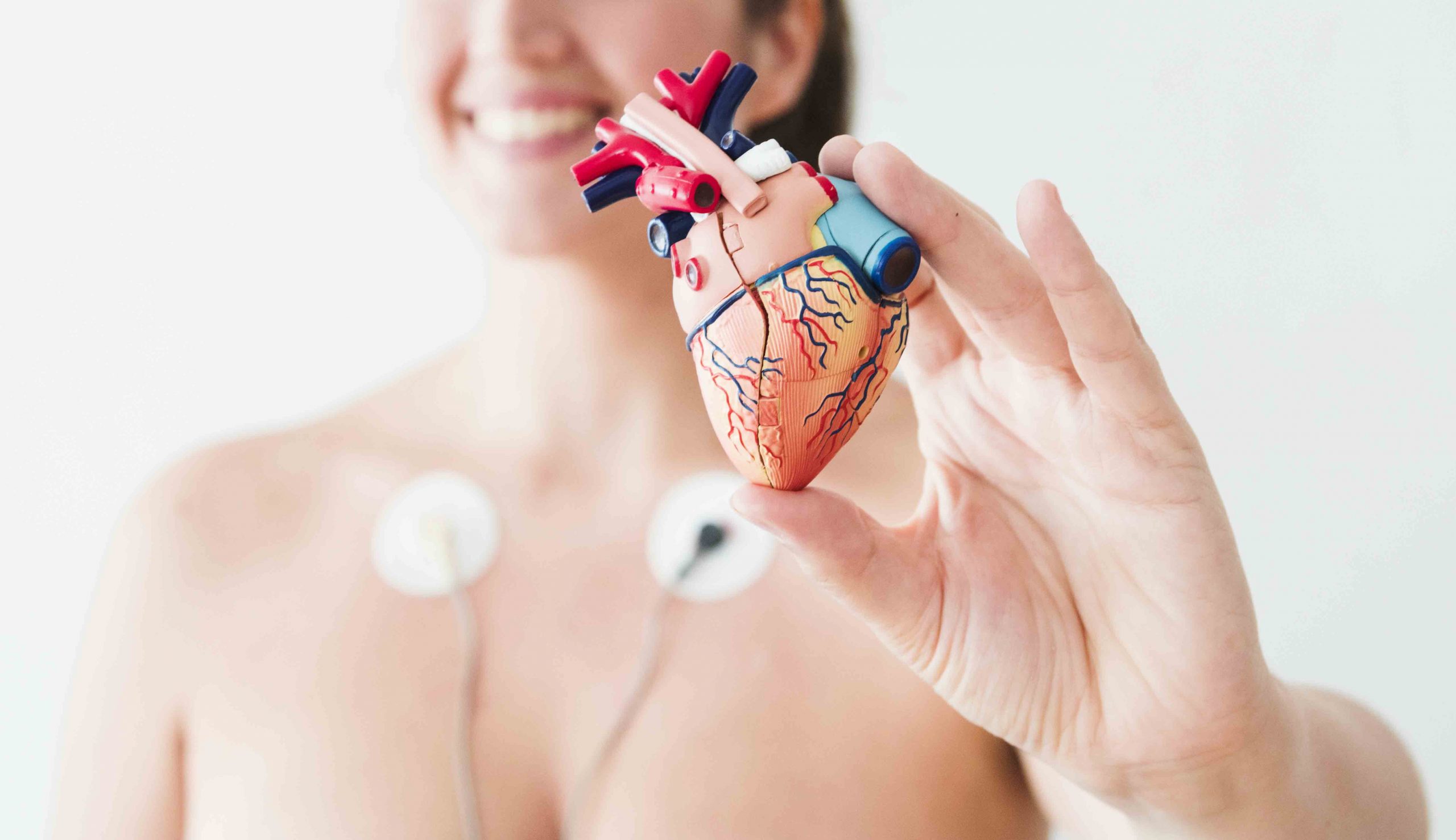It is called operations where an organ transplant organ is removed from the donor, that is, the donor body, and then placed in a recipient body to replace a damaged or missing organ. The donor and recipient may be in the same position, or organs from a donor in a separate area can be transferred to the recipient elsewhere.
Organs or tissues to be transplanted can be taken from live bodies or cadavers. Transplantation medicine is one of the most challenging and complex areas of modern medicine. Organs that can be successfully transplanted today are heart, kidneys, liver, lungs, pancreas, intestine, thymus and uterus. When medical data are examined globally, it seems that the most common transplanted organs are the kidneys, followed by the liver and the heart.
Serotyping should be performed to determine the most appropriate donor-buyer match to minimize the possibility of transplant rejection in cases where appropriate. In addition, the use of immunosuppressant drugs can reduce the possibility of transplant rejection.
Textures that can be transported are bones, tendons, cornea, skin, heart valves, nerves and veins. Bone and tendon transplantation are called musculoskeletal grafts. Cornea and musculoskeletal grafts are the most frequently transplanted tissues, and such transplants are performed much more widely than organ transplants.
People who donate organs may be living, dead or brain death, and individuals who live with machines. It is possible to use the organs removed from the body for transplant within 24 hours after the heartbeat stops or brain death occurs. Most tissue types, except corneas, can be preserved for up to five years, unlike organs, and stored in special tissue banks.



Have a Question?
SEND US A MESSAGE
CONTACT INFORMATION
Whether you are looking for answers, want to solve a problem, or just want to let us know your ideas.





